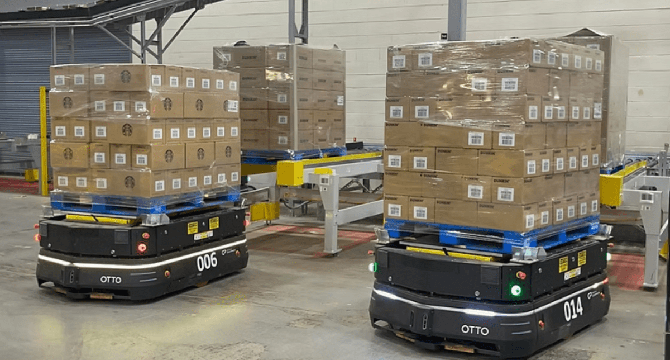Gritdaily
1M
406

Image Credit: Gritdaily
What AEC Taught Me About Scalable Robotics: Lessons for Business Leaders
- A business leader shares insights on how his background in Architecture, Engineering, and Construction (AEC) has influenced his work in robotics, emphasizing project execution, cost control, and schedule adherence.
- Transitioning from construction to robotics, the author found similarities in structured processes between the two industries, highlighting the importance of discipline and transparency at each project stage.
- Lessons from design-build principles in AEC are applied to robotics, advocating for early stakeholder involvement, solution-agnostic approaches, and detailed collaboration for successful outcomes.
- In automation, driving behavioral change requires thorough communication and education, mirroring risk management practices found in the construction industry.
- Automation provides flexibility for experimentation and scalability, allowing businesses to pilot new technologies with lower risks compared to traditional construction projects.
- Real-world examples demonstrate the importance of collaboration, flexibility, and early engagement in implementing automation solutions seamlessly into existing operations.
- Advice for companies venturing into automation includes starting with feasibility studies, piloting, and careful partner selection, emphasizing the need for continuous support and alignment with business goals.
- Long-term planning for automation integration is crucial, requiring considerations for facility design, workforce planning, and IT systems to stay ahead in the evolving landscape of business strategy.
- The author concludes that technology alone is not sufficient for transformation; success lies in execution, cultural alignment, and strong partnerships, highlighting the critical mindset applied in every project at Chang Robotics.
Read Full Article
24 Likes
For uninterrupted reading, download the app